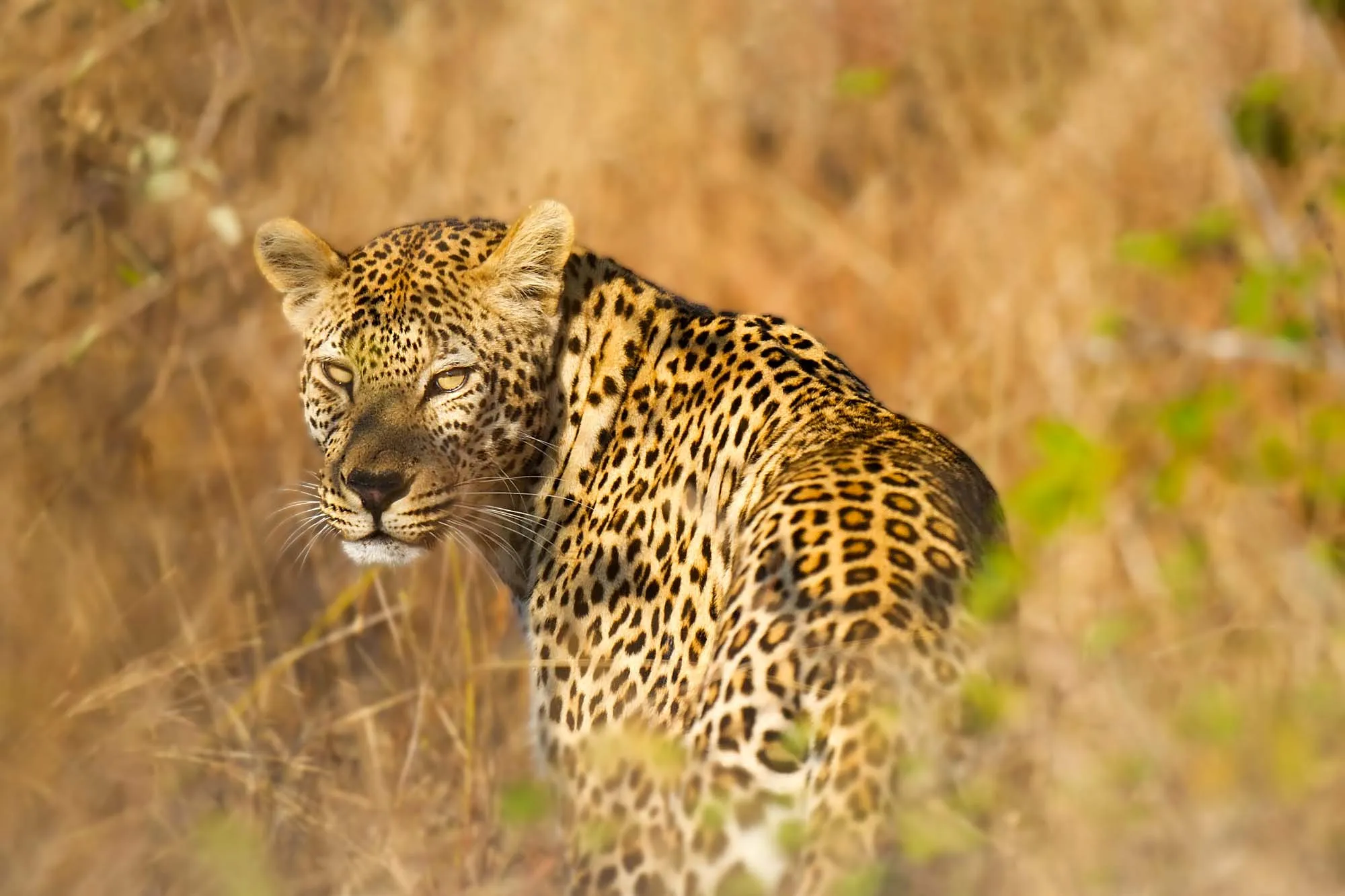Exploring the Rich Biodiversity of Queen Elizabeth National Park
Queen Elizabeth National Park Biodiversity. Queen Elizabeth National Park, located in southwestern Uganda, is one of the country’s most diverse and wildlife-rich conservation areas. Established in 1952, the park spans an impressive 1,978 square kilometers and is named after Queen Elizabeth II. It encompasses a variety of ecosystems, including savannas, wetlands, forests, and lakes, making it a haven for a wide range of wildlife species. Let’s delve into the rich tapestry of wildlife that calls Queen Elizabeth National Park home.
Mammals.
African Elephant: Queen Elizabeth National Park is home to a population of African elephants. These majestic creatures can often be seen grazing in the grasslands or traversing the park’s diverse landscapes.
Lions: The park is famous for its tree-climbing lions found in the Ishasha sector. This unique behavior, not commonly observed in other lion populations, attracts wildlife enthusiasts from around the world.
Buffaloes: Large herds of African buffaloes roam the savannas of the park. These formidable herbivores are a key component of the park’s ecosystem.
Leopards: Queen Elizabeth National Park is also home to leopards, though they are elusive and primarily nocturnal. Visitors may be fortunate enough to spot one during a night safari.
Hippos and Crocodiles: The Kazinga Channel, a natural waterway that connects Lake George and Lake Edward, is home to large populations of hippos and Nile crocodiles. Boat safaris along the channel offer excellent opportunities to observe these aquatic giants.
Ugandan Kob: The park is home to significant populations of Ugandan Kob, a type of antelope known for its distinctive appearance and behavior. They can be found in open savannas and grasslands.
Waterbucks, Bushbucks, and Topis: Other antelope species, including waterbucks, bushbucks, and topis, contribute to the park’s diverse herbivore population.
Chimpanzees and Baboons: In the Kyambura Gorge, visitors can encounter chimpanzees and other primate species. Olive baboons are also common in various parts of the park.
Birds.
Queen Elizabeth National Park boasts an impressive bird population, with over 600 species recorded. Some notable species include:
African Fish Eagle: With its distinctive call and impressive appearance, the African Fish Eagle is a common sight around water bodies in the park.
Great White Pelican: The Kazinga Channel attracts large flocks of Great White Pelicans, creating a stunning spectacle for birdwatchers.
Shoebill: The Ishasha sector is known for being a habitat for the elusive shoebill, a large bird characterized by its shoe-shaped bill.
Secretary Bird: The open savannas of the park are home to the striking Secretary Bird, known for its long legs and distinctive crest of feathers on its head.
Malachite Kingfisher: The vibrant Malachite Kingfisher can be spotted along the park’s waterways, adding a splash of color to the scenery.
Reptiles.
Nile Crocodile: The Kazinga Channel and other water bodies in the park are home to the Nile Crocodile, a powerful and ancient predator.
Monitor Lizards: Varied species of monitor lizards, including the Nile Monitor, are commonly found in the park’s diverse habitats.
Conservation Challenges – Queen Elizabeth National Park Biodiversity.
While Queen Elizabeth National Park is a biodiversity hotspot, it faces challenges such as poaching, habitat loss, and human-wildlife conflict. Conservation efforts and community involvement are crucial for ensuring the long-term survival of the park’s diverse wildlife.
Remarks – Queen Elizabeth National Park Biodiversity.
In conclusion, Queen Elizabeth National Park in Uganda stands as a testament to the incredible biodiversity that Africa has to offer; Visitors to the park can witness the coexistence of a wide array of mammals, birds, and reptiles in a variety of ecosystems, making it a must-visit destination for nature enthusiasts and wildlife lovers.








